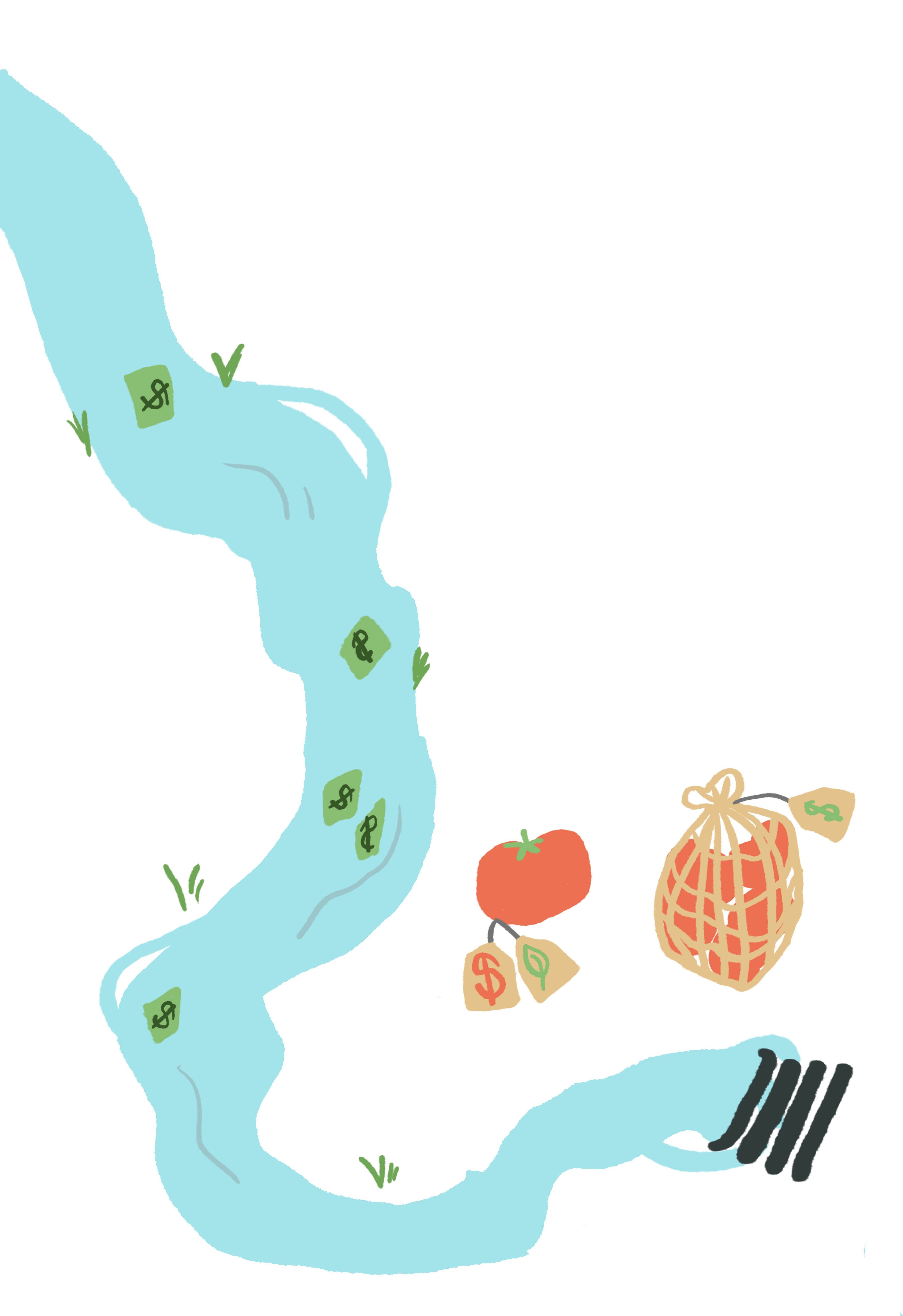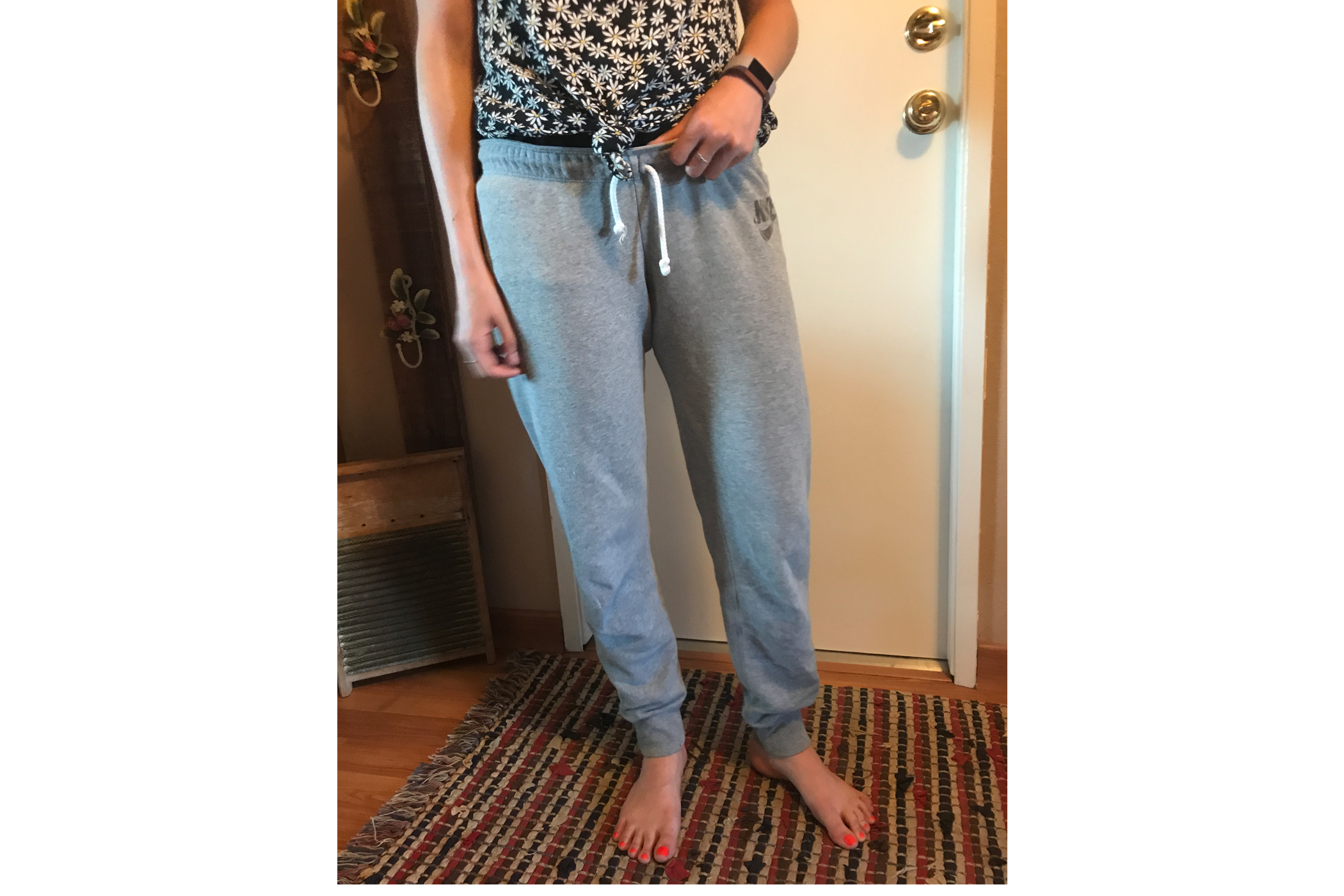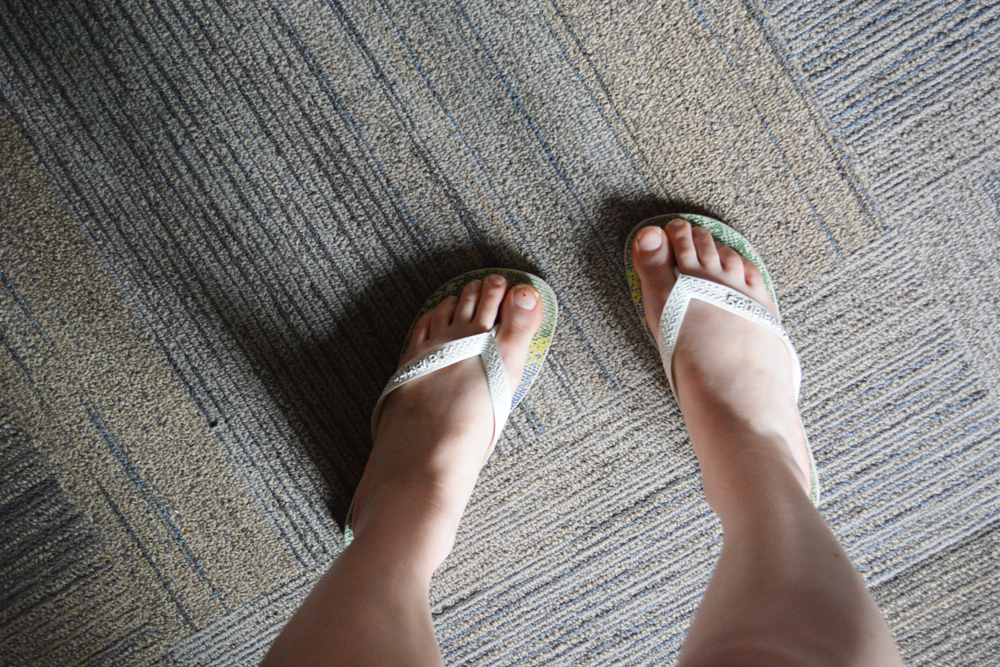Sustainable living is an idealistic lifestyle that is not attainable or inclusive for the average person. The money and time the lifestyle requires is not something that most possess and the assumption that they do is rather elitist.
Environmental policies reflect the power dynamics within our society. If mostly white, urban, middle to upper class, college-educated people—the people who hold the most power in our society—make our environmental policies, then the policies they craft will work best for themselves, and worse (or not at all) for other groups of people.
Sustainable living is the practice of reducing your demand on natural resources by making sure you replace what you use to the best of your ability. The three main areas of sustainability are: environmental, economic and social. This practice reveals itself in various ways throughout daily life. Each opportunity to reduce your environmental footprint comes with a cost most people cannot afford.
Food Expense
Money—or lack thereof—is certainly part of the problem, especially when it comes to a necessity such as food. Certified organic foods, fresh produce, artisanal cheeses, humanely raised meats and other “sustainable” fare typically cost more than their industrially produced, heavily processed counterparts.
For example, grocery stores such as Whole Foods that sell both organic and non-organic produce vary in price. Organic strawberries are $4.99 per lb, whereas non-organic strawberries are $3.99 per lb. Regular tomatoes are $1.99, and their organic counterparts are $2.99. A gallon of regular milk will cost you $4.39, but an organic gallon will set you back $6.99.
Price tags are a small piece of the very complex puzzle of why the sustainable food movement is inaccessible to many. The real issue at hand is low-income citizens’ lack of practical access to healthy foods. Low-income families do not have access to most of the foods within grocery stores let alone organic produce.
Fashion
Fast fashion is an approach to the design, creation and marketing of clothing that emphasizes making fashion trends quickly and cheaply available to consumers. Stores such as H&M, Zara and Forever 21 are stores where you can buy trendy, super cheap clothing.
Thrifting is an option, but shopping at a thrift store isn’t as easy as going to a department store. It requires a lot of rummaging, patience, time and determination. Stores can get crowded and most of the time items are not organized. Navigating through the racks can also be an overwhelming experience. The prices may be low, but you sacrifice the convenience of going to the mall and simply buying what you want.
In addition to this, if everyone turned to second-hand clothing shops, the prices will begin to rise, which would make them no longer affordable to the people who actually need them.
Traveling
Reducing your carbon footprint requires either a vehicle that is environmentally friendly, solely relying on public transportation, walking or biking. These options don’t work.
In a new study, Bankrate.com found the typical American household in many larger U.S. cities doesn’t earn enough to afford the average new car.
“The main point of this research is to illustrate how Americans are having to overextend themselves to pay for a new car at today’s prices,” said Bankrate.com analyst Claes Bell. “Low- and middle-income households are having to stretch loan terms to six or more years and/or spend huge percentages of their paychecks to afford reliable transportation, and it’s very difficult to get off that hamster wheel of debt once you’re on it.”
Public transportation is not always reliable when you are running on a tight schedule. Biking or walking both require copious amounts of physical energy that not all possess, and suggesting this is highly ableist and ill-informed.
The rich and the powerful are often hypocrites. They might grow organic gardens or drive electric cars but live in a huge home (or several) and take multiple international trips each year. Instead of inflicting hardship on more marginalized groups—with bad policies or bad habits—they should begin by holding a mirror up to themselves.
People are struggling to live the life they currently live let alone adopt an entirely new lifestyle.
Until we reach a place where we find solutions collectively in a way that is inclusive of all groups within our society, the lifestyle will not be accessible.






